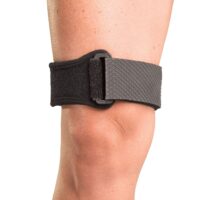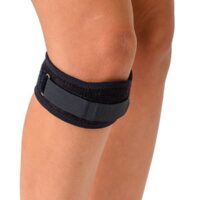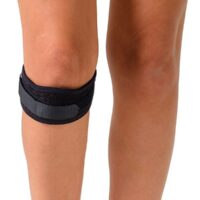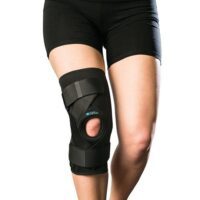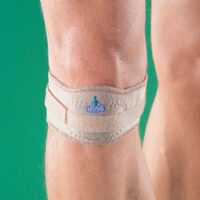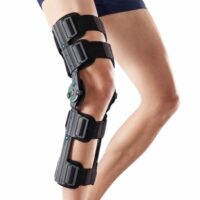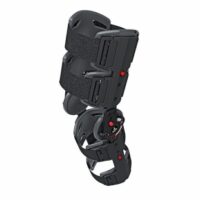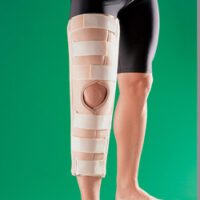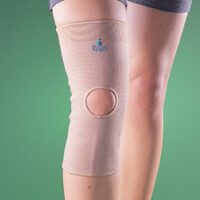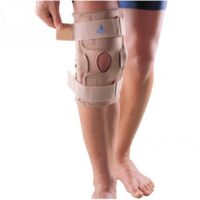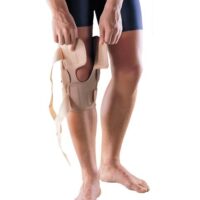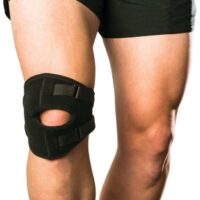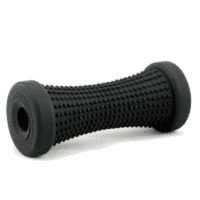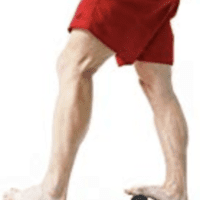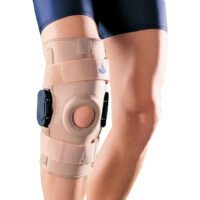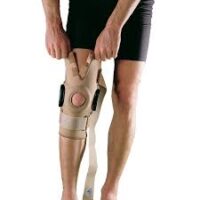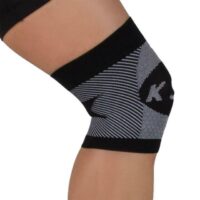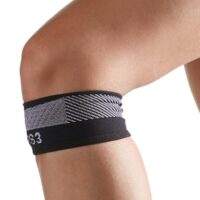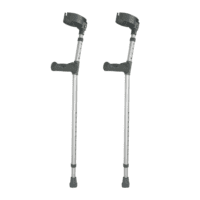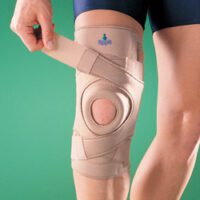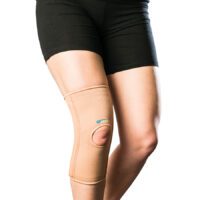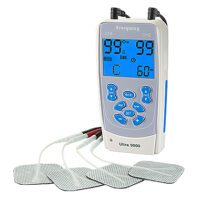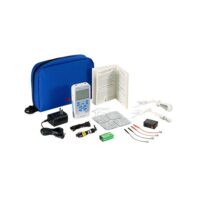Knee Pain & Injury
Article by John Miller

A Closer Look at Knee Pain
Unveiling the Mysteries of Knee Pain
Knee pain presents a universal challenge, cutting across ages and lifestyles. Whether it stems from an afternoon jog gone wrong or simply ascending the stairs, the discomfort can significantly hamper your daily activities.
The origins of knee pain are diverse, including soft tissue injuries like ligament sprains, muscle strains, bone conditions such as osteoarthritis, and biomechanical issues like patellofemoral syndrome. Remarkably, even issues unrelated to the knee, such as sciatica, can manifest as knee pain.
Tailored Treatment: A Path to Recovery
Addressing knee pain necessitates a bespoke approach, varying immensely based on the underlying cause. Treatment modalities may range from knee mobilisation techniques, therapeutic massage, and supportive taping to targeted stretches and strengthening exercises.
Post-operative patients, particularly those undergoing knee reconstruction or replacement, benefit from meticulously planned rehabilitation protocols, ensuring a smooth transition back to full knee functionality.
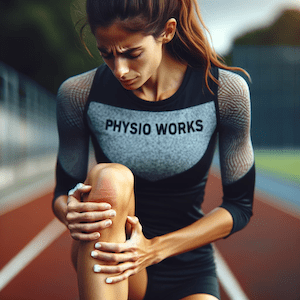
Identifying Serious Knee Injuries
Recognising when a knee injury demands immediate professional attention is crucial. Indicators of a serious condition include:
- noticeable deformity,
- hearing a distinct “pop” sound during injury,
- significant swelling,
- abnormal range of motion,
- inability to support weight, or
- your knee suddenly giving way.
In such scenarios, prompt consultation with a physiotherapist or medical professional is imperative.
The Role of Exercise in Pain Management
While it might seem counterintuitive, engaging in specific knee exercises can offer substantial relief. The key lies in identifying exercises that support your recovery while avoiding those that may exacerbate your condition.
The correct exercise regimen, tailored to your diagnosis and personal health profile, can fast-track your journey to a pain-free knee. This is where the knowledge of a physiotherapist becomes invaluable, guiding you through a customised exercise plan.
Embracing Individual Differences
It’s important to acknowledge the vast differences in knee pain experiences among individuals. Age, health status, and physical activity levels are just a few of the factors that dictate the most effective exercises for knee pain relief. This underscores the importance of seeking personalised advice from a physiotherapist who can navigate these nuances and steer your rehabilitation in the right direction.
Seeking Professional Insight
Confronted with knee pain, the wisest step forward is to engage a physiotherapist. Their special skills not only in diagnosing the root cause of your pain but also in crafting a tailored treatment strategy, are indispensable in your recovery journey.
Conclusion: Taking Strides Towards Relief
Knee pain need not dictate the terms of your life. Armed with a thorough understanding of its causes and the expert guidance of a physiotherapist, you can navigate the road to relief and recovery with confidence. Remember, the journey to overcoming knee pain is highly personal, with customised care as the cornerstone of effective treatment.
Related Articles
- Understanding Knee Pain: Causes, Relief, Physio & Prevention – Offers a comprehensive overview of knee pain causes and treatment options.
- Knee Pain On Stairs: Causes & Relief – Discusses Patellofemoral pain syndrome and provides insights into managing stair-related knee pain.
- Knee Ligament Injury – Physiotherapist Guide & Tips – Explains different types of knee ligament injuries and offers professional advice on treatment and prevention.
- Meniscus Tear – Provides detailed information on meniscus tears, including diagnosis, treatment, and rehabilitation.
- Effective Management Of Popliteus Tendinopathy – Focuses on a specific knee condition, offering advice on diagnosis, treatment, and exercises for relief.
- Patellar Tendinopathy – Offers insights into the causes, symptoms, and treatment options for patellar tendinopathy.
- Chondromalacia Patella – Discusses the symptoms, causes, and treatment of chondromalacia patella, a condition affecting the kneecap.
- Knee Arthroscopy – Provides information on knee arthroscopy procedures, including what to expect and the recovery process.
- Patellofemoral Pain Syndrome (PFPS) – Offers a detailed guide on PFPS, including causes, symptoms, and treatment strategies.
- Effective Walking Tips For Knee Pain Relief – Physio Advice – Provides tips for walking techniques and programs to alleviate knee pain.



